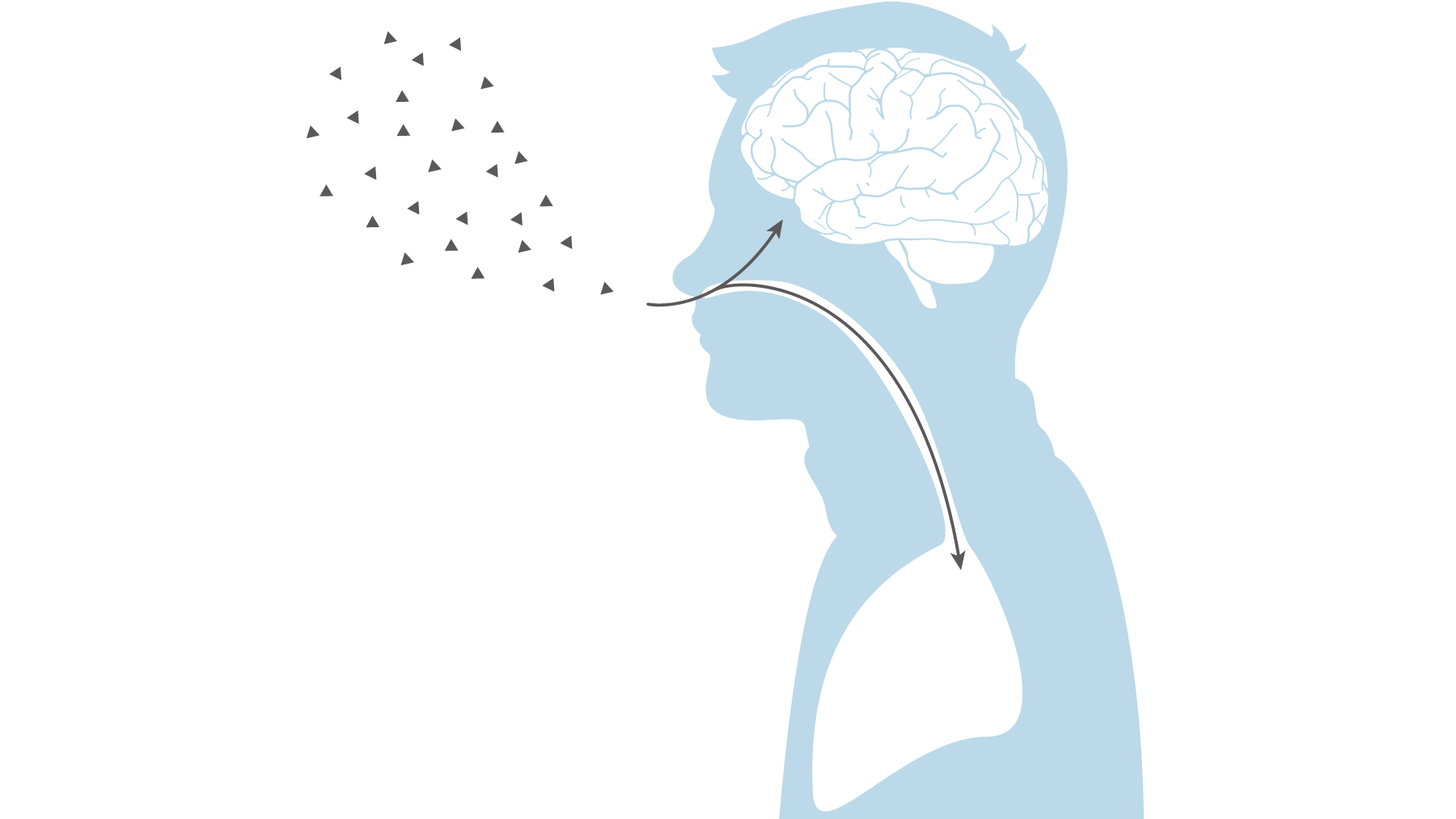How it Works
BacterFilter uses biofiltration to degrade 1,2-Dichloroethane (DCE) into glycolate. Biofiltration is a biological process wherein environmental toxins are degraded to a less toxic form. It utilizes media containing microorganisms that remove/degrade the contaminant. A variety of substances can be used as biofiltration media. Soil, composted wood chips or bark, peat, and synthetic media (such as activated carbon, porous ceramics, and even plastics) can all be used for biofiltration. BacterFilter uses bacterial cellulose produced by the kombucha SCOBY as its panel fabric and biofiltration media.

DCE is a volatile organic compound (VOC), meaning that it diffuses easily into the air. It is heavily manufactured to make vinyl chloride monomers (VCM), which are used to make polyvinyl chloride (PVC). This makes people who work in factories that manufacture products using vinyl compounds especially at risk for the effects of DCE exposure. By removing DCE from these environments, workers will have a reduced risk to the health problems associated with DCE exposure. This enables increased worker productivity and overall workplace satisfaction.

Upon exposure, DCE has known neuropsychological effects such as lowered neuropsychological functioning in the following areas:
- processing speed
- attention
- cognitive flexibility
- motor coordination/speed
- verbal memory
- verbal fluency
- visuo-spatial abilities
It has also been shown to lead to disturbed mood, impaired vision, depression, nausea and vomiting, and respiratory distress. Circulatory and respiratory failure from inhalation or ingestion of the chemical has resulted in death in humans.





BacterFilter filters air as it flows across the bacterial cellulose panel that contains Xanthobacter autotrophicus. DCE is caught in the panel and broken down by Xanthobacter autotrophicus. The enzymes produced by Xanthobacter autotrophicus catalyze the oxidation of DCE. 2-chloroethanol is produced as an intermediate, which is then further oxidized into chloroacetaldehyde, a useful intermediate for many pharmaceutical compounds. Chloroacetaldehyde is further oxidized and produces chloroacetic acid. At the end of the string of reactions, glycolate, a colorless and odorless salt that’s often used in skin products, is produced.

When the filter is saturated, the panel can easily be removed from the wall and sent to a proper facility for biodegration.
